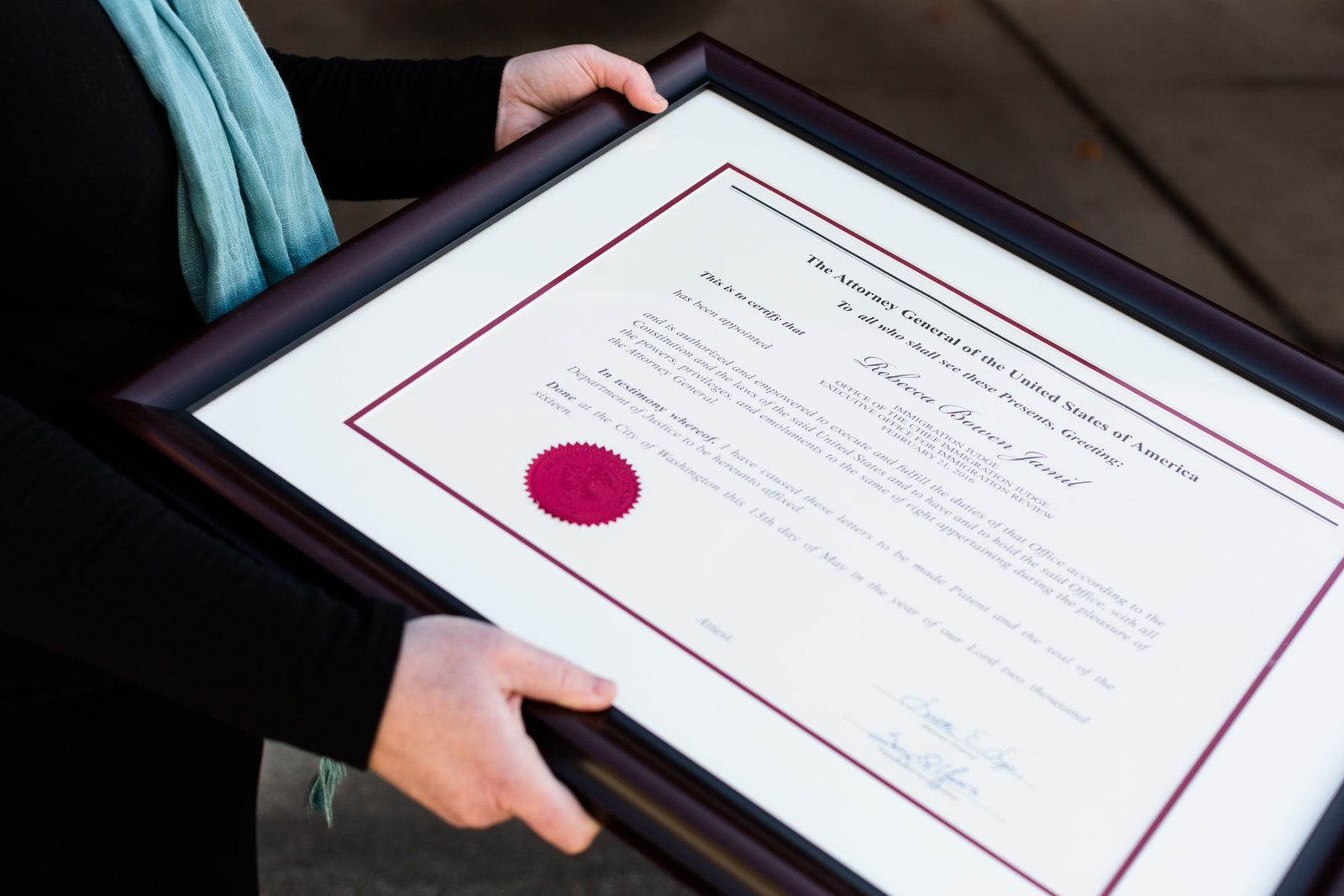
Funding deal blocks ICE from arresting adults taking in undocumented children
By Tal Kopan
WASHINGTON — A government funding deal on the verge of congressional passage would block federal officers from arresting undocumented immigrants solely because they come forward to take in migrant children.
The constraint on the Immigration and Customs Enforcement agency comes after The Chronicle reported that the government had made scores of such arrests — including more than 100 people who were taken into custody from July through November despite having no criminal record. Immigrant and child welfare advocates had assailed the practice as endangering young people by keeping them in detention longer and by giving immigrants an incentive to conceal potential sponsors’ true identities.
The population of undocumented children in government custody skyrocketed to record levels as immigration officials investigated the potential sponsors.
The ban on arresting sponsors with no criminal record is included in a bill to fund roughly one-quarter of the government through September. The appropriations legislation is the product of weeks of intense negotiations to avert a repeat of the partial shutdown that began Dec. 22 and lasted 35 days.
The Senate passed the bill Thursday and the House was expected to follow suit before government funding runs out Friday. The White House said President Trump would sign it.
House Democrats pushed strongly for the provision during negotiations over the funding package, said a Democratic aide who was not authorized to speak publicly about the talks. Florida Democratic Rep. Debbie Wasserman Schultz offered the specific legislative language.
“Arresting potential sponsors only ensures that children who flee dangerous circumstances will languish longer in overly crowded detention facilities,” Wasserman Schultz said. “Democrats agree, this cruel, immoral Trump trap does nothing to make America safer.”
At issue is the process of finding homes for undocumented immigrant children who come to the U.S. by themselves or are separated from an adult at the border.
Those children end up detained in a national network of shelters until they can be released to an adult, usually a relative. The shelters are designed to be a temporary bridge for often-traumatized children to more stable homes, in which they can pursue their case to stay in the country legally.
To sponsor a child, adults have long had to go through background checks for any criminal history or other red flags that might endanger the child. Immigration status is not weighed as a risk factor.
But last year the Trump administration added additional layers of review, including working with Immigration and Customs Enforcement to run fingerprints of potential sponsors. That caused concern within the immigrant community that sponsors, many of whom are undocumented themselves, could be ensnared in the administration’s no-limits immigration enforcement. The revelation that ICE had in turn used that information to arrest potential sponsors, most of whom had no criminal record, confirmed that fear.
Under the administration’s policies, the number of children in custody reached nearly 15,000, breaking records even after the government halted the practice it implemented in spring 2018 of separating families at the border. In December, the Department of Health and Human Services stopped requiring that every additional adult in a sponsor’s home be fingerprinted, a practice that had greatly slowed the process, keeping children detained longer. Since then, the number of children in custody has dropped to 11,500.
The government funding bill bars the administration from detaining or moving to deport undocumented immigrants based solely on information provided by Health and Human Services, which runs the unaccompanied children program, unless it provides evidence of a past child abuse-related felony or potential human trafficking.
Tal Kopan is The San Francisco Chronicle’s Washington correspondent. Email: tal.kopan@sfchronicle.com Twitter: @talkopan
******************************************
Thanks, Tal, for putting the Chron “on top” of this grotesque mistreatment of children by the Trump Administration. Obviously, your courageous and timely reporting of abuses of human rights that DHS was trying to hide from public view has had a “real life” impact on legislation and people’s lives.
The intentional abuses of children and families that the Trump Administration is perpetrating in the name of our country is simply outrageous! Bad things happen to countries that make child abuse a national policy!
It also shows that the Democrats are right in challenging funding for abusive, wasteful, and unnecessary DHS detention. While they lacked the votes to succeed this time around, the battle certainly will continue, on both legislative and litigation fronts. As it does so, the full range of abuses, corruption, and unethical behavior by the Administration and DHS will be exposed and recorded for posterity.
As I’ve said before, it’s time for Article III Judges who have been lied to by Administration officials and whose orders to reunite families have been arrogantly ignored by the Trump Administration to put some of the Administration officials who have planned and carried out these gross human right abuses and thumbed their noses at court orders in jail for contempt.
Again, Tal, thanks for all you do for “truth, justice, and the American way!” And, thanks to conscientious legislators of both parties who helped put these restrictions on anti-social behavior in place. When the system works for the greater good, everyone benefits.
PWS
02-15-19
























